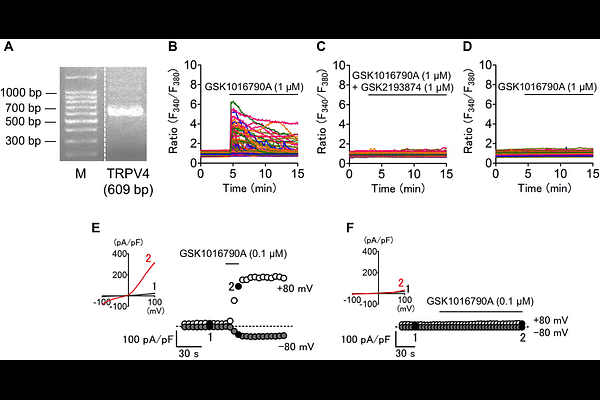TRPV4 activation enhances LPS-induced IL10 production to suppress excessive microglial activation

TRPV4 activation enhances LPS-induced IL10 production to suppress excessive microglial activation
Tamada, K.; Tomisawa, E.; Kuwata, S.; Miyake, T.; Nagayasu, K.; Kaneko, S.; Shibasaki, K.; Shirakawa, H.
AbstractMicroglia are resident immune cells in the brain. Under pathological conditions, activated microglia trigger neurodegeneration by secreting pro-inflammatory molecules such as NO, TNF, IL6 and IL1{beta}. In contrast, microglia also possess a negative feedback mechanism to prevent the excessive inflammation by secreting anti-inflammatory cytokines such as IL10. It is reported that activation of transient receptor potential vanilloid 4 (TRPV4), one of the non-selective cation channels, suppresses the lipopolysaccharide (LPS)-induced microglial activation. However, the effects of TRPV4 activation on the microglial anti-inflammatory responses remain unknown. In this study, we investigated whether TRPV4 contributes microglial anti-inflammatory responses using primary cultured murine microglia. We found that application of a selective TRPV4 agonist, GSK1016790A, enhanced LPS-induced IL10 release in the microglia, which was fully suppressed by co-application of a selective TRPV4 antagonist, GSK2193874, or absent in cultured microglia derived from TRPV4-knockout (TRPV4-KO) mice. Furthermore, neutralization of extracellular IL10 significantly reversed suppressive effects of GSK1016790A on LPS-induced release of TNF, IL6 and IL1{beta}. Expression pattern of microglial activation markers implied that GSK1016790A shifted microglial activation status to an immunoregulatory phenotype. Taken together, these results indicate that microglial TRPV4 plays an important role in promoting the production of LPS-induced IL10, which results in suppressing excessive inflammation in an autocrine or paracrine fashion.